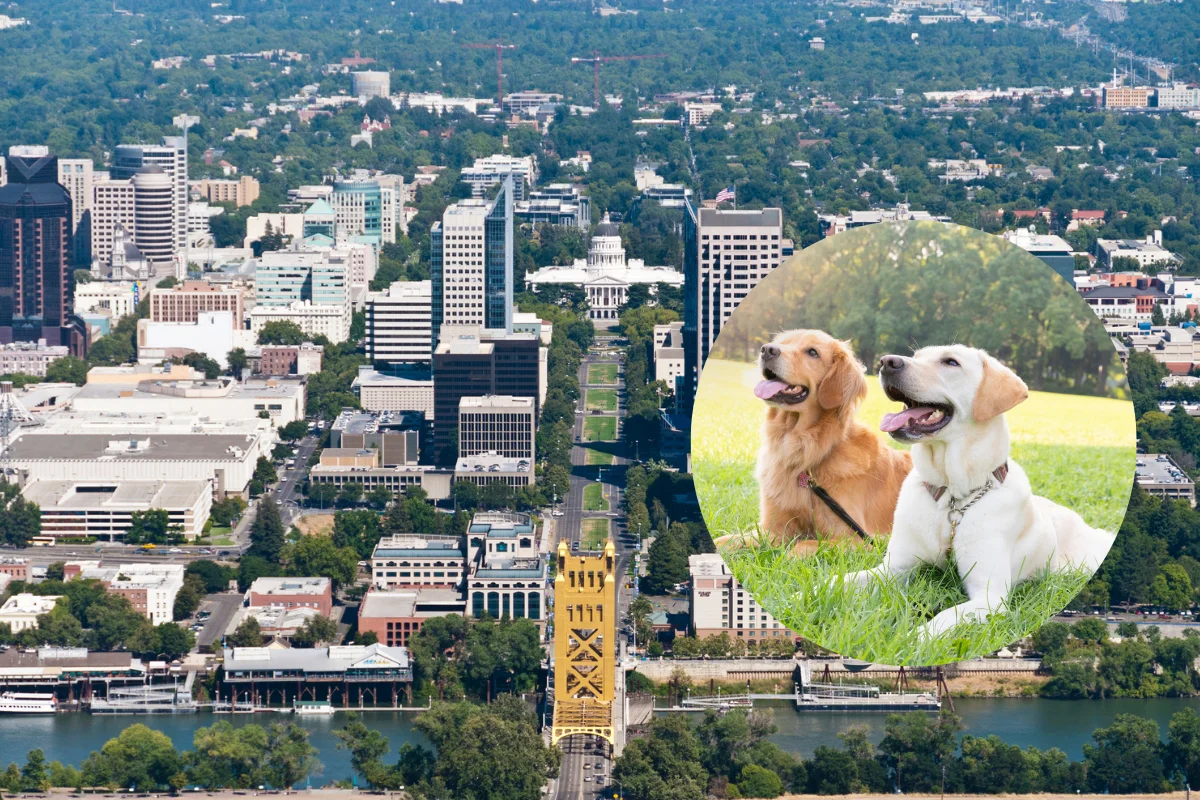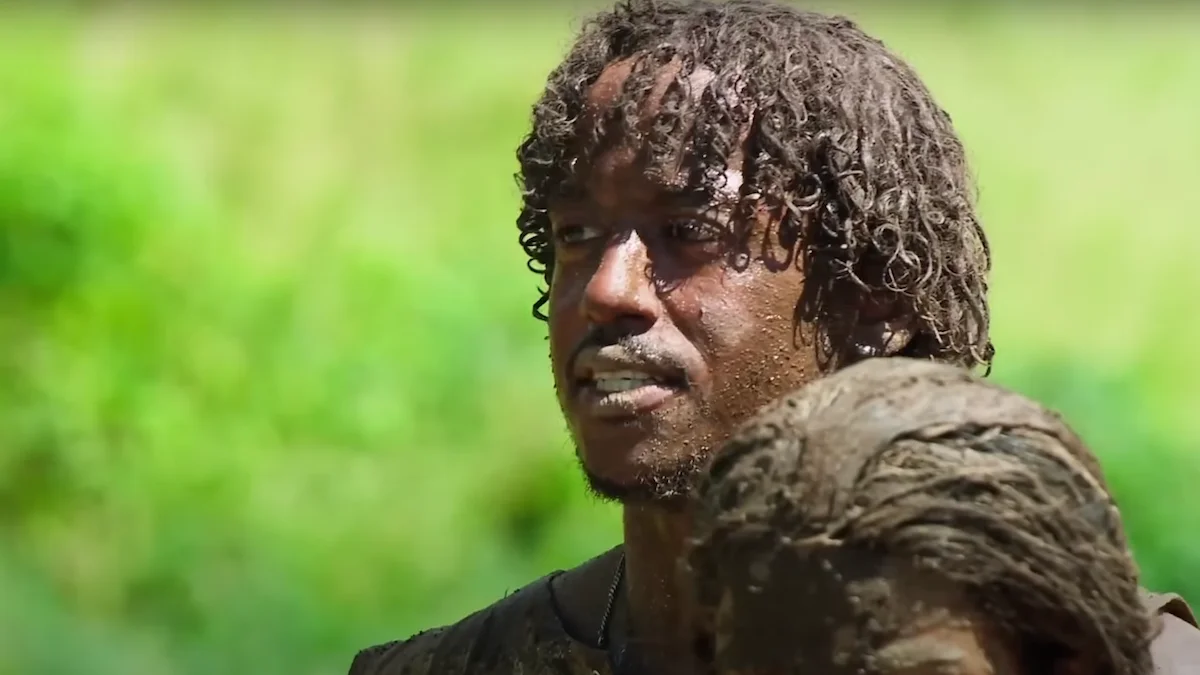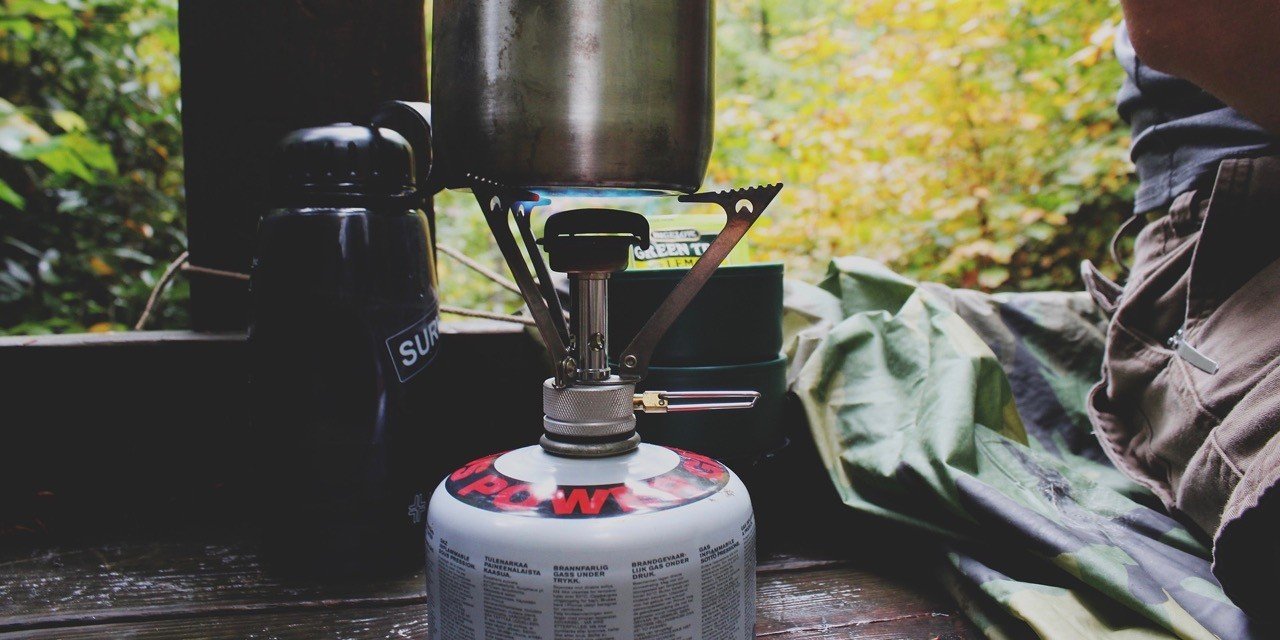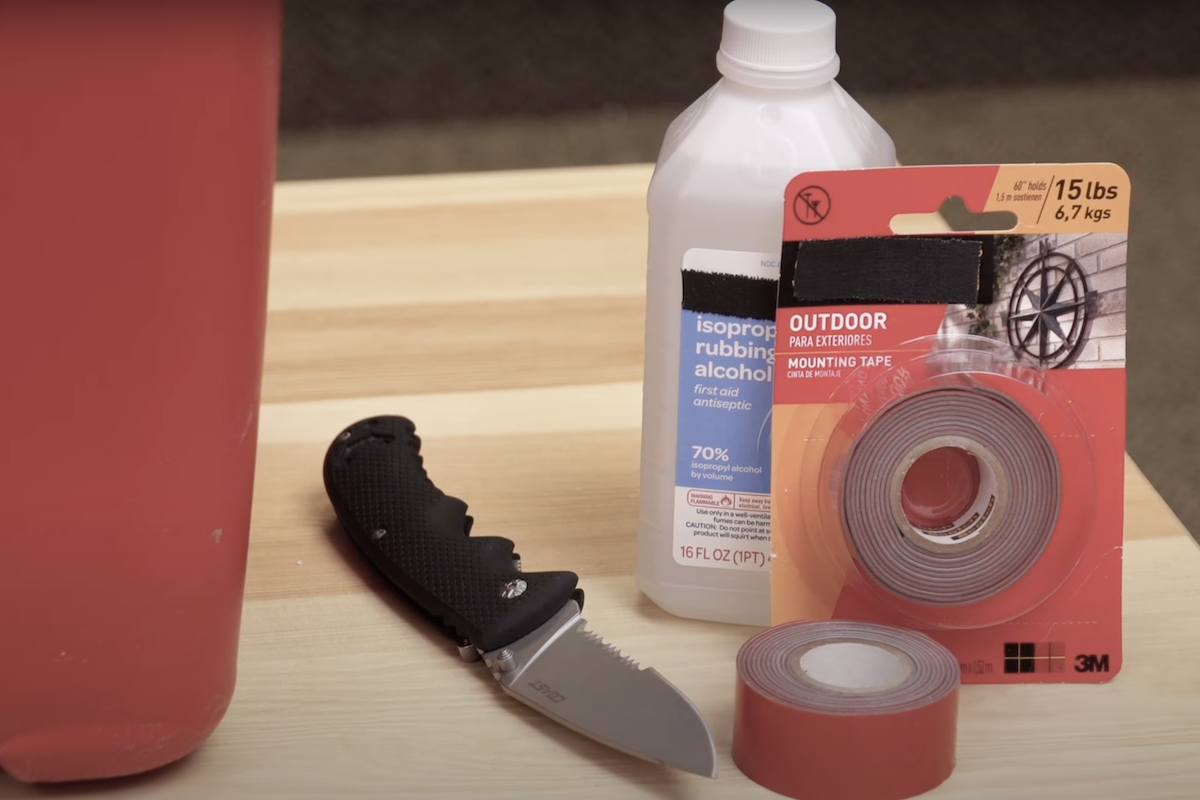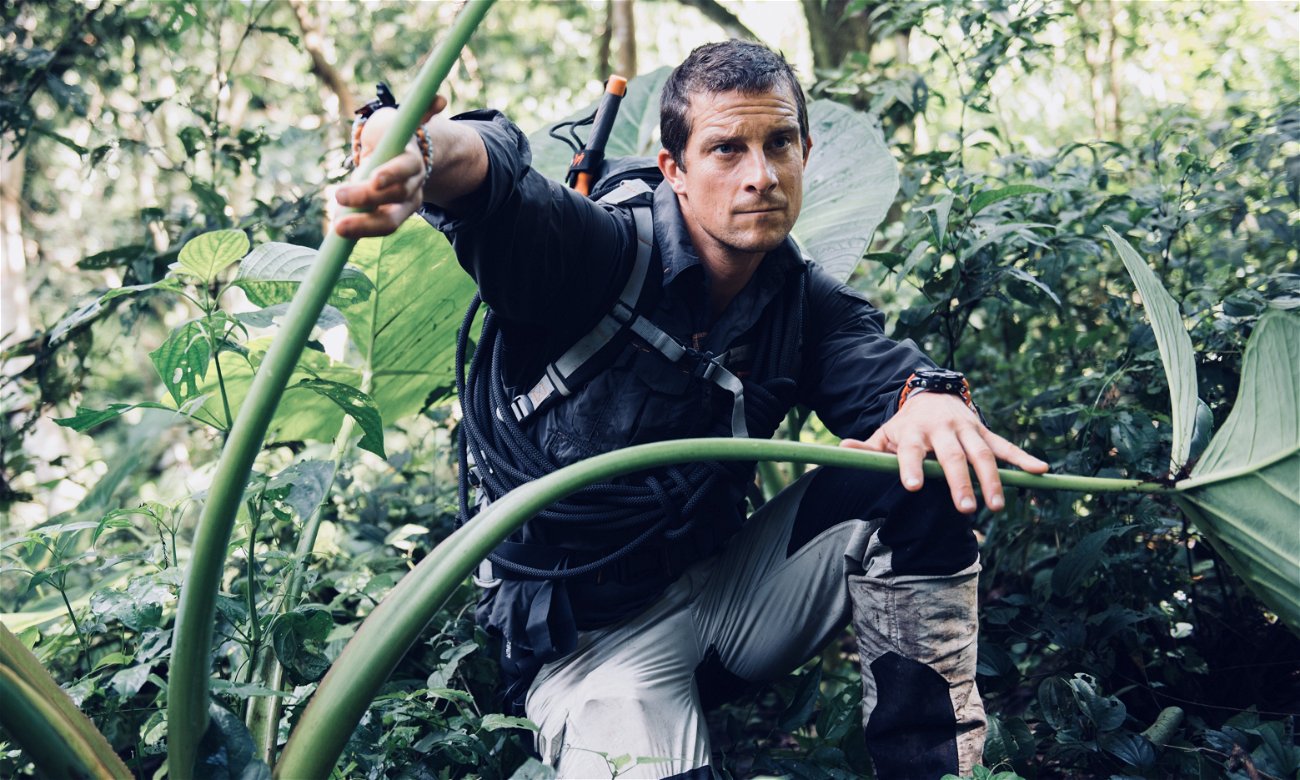After a few initial investments, the beauty of camping is that it’s an activity that can be done for free. Well, theoretically, for free. The recurring cost of campsites at state and national parks can start to add up if you camp there often. It can also be not worth it if you only have time to go camping during holidays and weekends.
Videos by Outdoors
You’ll be happy to know that there are many places throughout the country that you can camp for free. Maybe more happy that the locations are easier to find than you may think. With a little searching and a little extra preparation, you’ll be on your way to your new favorite (and free) campsite in no time.
Here’s where you should look:
National Forests
With very few exceptions (which will all be marked), camping in National Forests and Grasslands is entirely free. Main roads and service roads often run through them, making them fully accessible to car and RV campers and backpackers. In many cases, the US Forest Service will even have access roads leading to areas where camping is encouraged.
If you’re using a car or camper, be sure to get a Motor Vehicle Use Map, which in addition to having a fun acronym (MVUM), will show you the location of service and access roads, in addition to any main roads that intersect with the forest. These will be available at the ranger station or can be downloaded in advance from the National Forestry website.
Any restrictions?
Yes. In the interest of preserving the forests and continuing to make free camping available, the Forest Service does have some regulations on dispersed camping. (These may vary, so be sure to check with the Ranger or Online)
- If there are developed campgrounds and dispersed camping available, be sure to camp outside, and a reasonable distance from the developed campsites.
- Practice Leave No Trace. This is recommended wherever you go, but may be more heavily enforced and require additional effort and preparation.
- Firewood must be collected from dead or fallen trees, and seasonal restrictions on campfires may exist.
- Extended stays are often limited to 2 weeks.
Bureau of Land Management
The land overseen by the Bureau of Land Management has a much more comprehensive range of purposes than simple preservation, so not all BLM land will be suitable for dispersed camping. Most commonly, they are going to be in grasslands and deserts in the American West. While it will be posted when you are entering lands overseen by the BLM, they may not be marked on all maps, making them a bit trickier to find.
The simplest way to locate suitable camping areas on BLM lands is through their website, which includes a simple tool here that will allow you to locate approved camping areas, as well as convenient access and service roads.
Any restrictions?
Yes. First and foremost, you should verify that the land in question is not under BLMs control because they are administering water, mining, or grazing rights, making it unsuitable (or even dangerous) for camping.
- BLM may have stricter regulations on where camping is allowed.
- Stays longer than two weeks are typically not allowed.
- You cannot interfere with any of the resources on BLM lands, which includes practicing Leave No Trace and making sure your camp is at least 100 yards away from water sources.
What You’ll Need
Camping on National Forest and BLM lands is free and a great way to take full advantage of our great outdoors’ natural resources. However, the fact that they’re often not as developed as a State or National Park campground means you’ll need a little extra preparation. Be sure you have the following:
- A map. There are apps available to help you navigate to available free camping, but they may become hard to use without a cell signal.
- Water. These sites don’t have amenities, including running water, be sure you have enough.
- Extra trash bags and toilet paper. Leaving no trace means packing out all your trash and TP. Make sure you have the receptacles to carry it out with you.
With a little research and preparation, you can turn your camping trips into an entirely free, and entirely freeing experience. Just make sure you know where to look, how to get there, and what you’ll need while you’re there. Getting in and out might be a bit more complicated, but it’s so rewarding.
